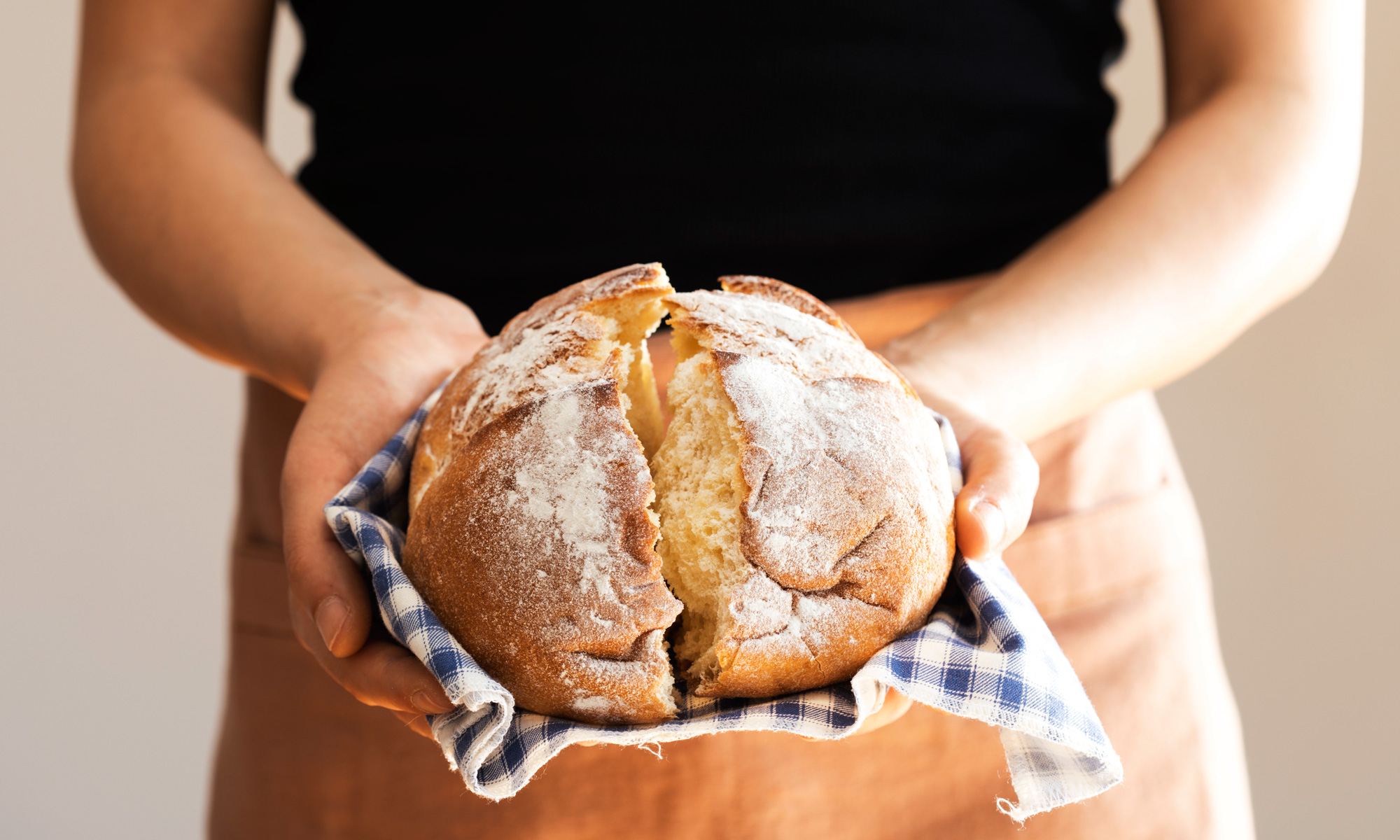Most people know that sourdough is a type of bread made with yeast, but did you know that it is also a type of mold? In this article, we will look at how yeast grows and reproduces and how that process affects the taste of bread.
Sourdough – Not Your Ordinary Bread
Sourdough is made by allowing a dough to rise over time, at which point a colony of wild yeast fungi begins to grow on the top of the dough. The growth of this yeast is what makes sourdough bread taste sourer. This growth is also what gives sourdough its texture and flavor.
Sourdough categorically changes everything about bread. It’s a complete reversal of what people thought of a hundred years ago when baking was a messy and laborious process, and it’s up for a lot of the same sorts of criticisms. Many people don’t like the sour taste, for example, and the briney, yeasty bread smell that is so characteristic of sourdoughs. But sourdough has a lot of fans as well. Some people say that sourdough bread makes the most delicious, flavorful, and nutritious bread they’ve ever had. Some people even say that sourdough makes the best bread you can buy.
Yeast, Flour, and then came Sourdough
Sourdough, a combination of yeast and flour, is the most researched ancient food in the world. Over the past few decades, scientists have pioneered techniques to study the microorganisms that live in and on sourdough. The result is a deeper understanding of sourdoughs’ microscopic lives in the microcosm of a loaf of bread. Now, as commercial sourdough production becomes a $2 billion a year industry and sourdoughs appear on some of the world’s most expensive restaurant menus, scientists want to explore the links between sourdoughs and our health and well-being.
The popularity of sourdough bread is something of an unsung yeast success story. It hasn’t sold in mass quantities since the 1950s, but today it quietly provides a $500 million industry, which generates more than $1 billion in annual sales for the US economy. Its commercial success has been driven by a renaissance in home baking in the last decade, in which the remarkable ease of sourdough production has fueled a new wave of artisan bread baking. Sourdough bread is made from a starter culture of wild yeast, which ferments the flour and leavens the dough.
The Science in Sourdough
Sourdough bread is easily one of the most delicious foods in the world. It’s often been called the “poor man’s bread” because it is incredibly easy to make and can be flavored to your liking with a variety of yeasts and bacteria. Research is suggesting that this bread is not just delicious for its taste but for its ability to promote health. Sourdough bread is made with yeast and bacteria and has been found to have a number of medicinal effects.
This type of bread is made by fermenting flour and water (soured) in a dough starter that contains yeast and bacteria. The dough starter sometimes called a “sourdough starter,” may include flour and water, though some recipes with sourdough starters require just flour and water. Commercial sourdough is produced by bacteria but traditionally by yeast.
Sourdough starter looks and sounds like a science-fiction plot. But it’s actually a pre-historic method of fermentation that has been used since the beginning of time, and it’s still being used today as a tool to create bread, beer, and wine. That’s why it’s one of the three most important ingredients for making bread.
Sourdough is an ancient method of bread-making. It is a forgiving loaf that develops distinctive flavor in the crust from the wild yeasts that are present in the air. But many people are turning to sourdough for more than just the taste of their bread. Sourdough has also been used to create healthy, low fat, digestible loaves of bread.
Sourdough, a leavened bread that is popular in many cultures around the world, is a traditional source of long-lasting bread in the diet of many people around the world. It is made from naturally fermented flour and flour that has been left to rise for a long time. The process of leavening the dough and making bread using sourdough takes a long time and requires a great deal of patience.
